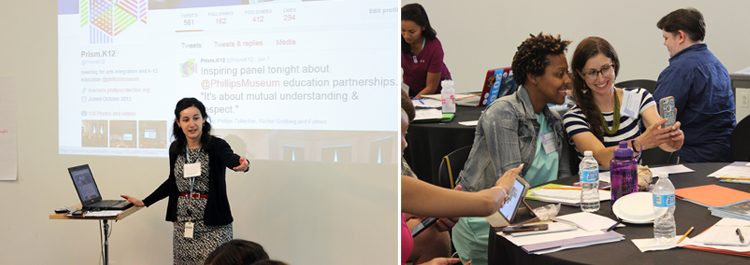
Marc Chagall, The Dream, 1939. Gouache on paper, 20 9/16 x 26 3/4 in. The Phillips Collection, Washington, DC, Acquired 1942
This month’s #Phillips95 challenge celebrates Marc Chagall. Chagall was known for his highly expressionist and colorful paintings that combined elements of Cubism, Symbolism, and Fauvism. He saw his work as “not the dream of one people but of all humanity.” While scholars have written endless volumes on him, we’re looking to you to simplify things!
YOUR CHALLENGE: When you look at The Dream, what is the one word that comes to mind? Comment on this blog post or any of our social media posts with one word you think best encapsulates the painting and be entered into a drawing to win a Phillips prize pack (including two tickets to the museum and goodies from the museum shop!).






